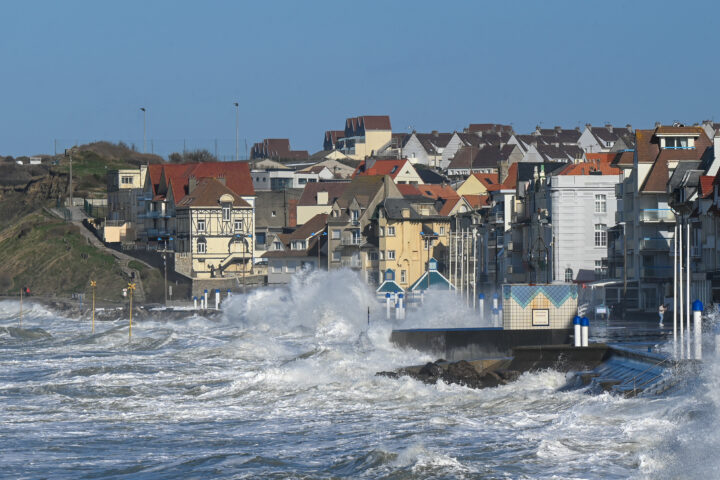The eastern Mediterranean and Middle East are warming twice as fast as the global average.
Cyprus-based climate experts have warned that temperatures are expected to rise by 5°C or more this century.
A new report prepared by an international group of scientists, including two from the Cyprus Institute and published in the authoritative journal “Reviews of Geophysics,” identifies the EMME as a climate change hot spot and concludes the region is warming more rapidly than other inhabited parts of the world.
For the remainder of the century, projections expect warming to be strongest in the summer and associated with unprecedented heatwaves that can be societally disruptive.
Further, the region will experience rainfall shortages that compromise water and food security, according to the report’s co-authors, George Zittis and Jos Lelieveld.
Their findings were prepared under the auspices of the Max Planck Institute for Chemistry and the Climate and Atmosphere Research Center of The Cyprus Institute, in preparation for COP27, in Egypt in November.
Virtually all socio-economic sectors are expected to be critically affected, the report said, with potentially devastating impacts on the health and livelihoods of the 400 mln people of the EMME.
The report identifies the region as a climate change hot spot.
Also, it signals that EMME is rapidly overtaking the European Union as a source of greenhouse gases and becoming a major emitter on the global scale.
The researchers also call attention to the emergence of extreme weather events with potentially disruptive societal impacts.
These include the strongly increasing severity and duration of heatwaves, droughts and dust storms, and torrential rains, which are expected to trigger flash floods.
The report includes a discussion of atmospheric pollution and land-use change in the region, considering urbanisation, desertification and forest fires, and recommendations for possible climate change mitigation and adaptation measures.
Northward expansion
“Business-as-usual pathways for the future imply a northward expansion of arid climate zones at the expense of the more temperate regions”, said Dr George Zittis of the Cyprus Institute.
As a result, mountainous climate zones with snow will diminish during this century.
The combination of reduced rainfall and strong warming will contribute to severe droughts.
The sea level in the EMME is projected to rise like global estimates, though many countries are unprepared for the advancing seas.
“This would imply severe challenges for coastal infrastructure and agriculture and can lead to the salinisation of coastal aquifers, including the densely populated and cultivated Nile Delta”, warned Zittis.
The projected changes will critically affect virtually all socio-economic sectors, particularly under a business-as-usual scenario, added Jos Lelieveld, Director of the Max Planck Institute for Chemistry at the Cyprus Institute and coordinator of the assessment.
“People living in the EMME will face major health challenges and risks of livelihood, especially underprivileged communities, the elderly, children and pregnant women,” Lelieveld said.
To avoid the most extreme of severe weather events in the region, the scientists highlight that immediate and effective climate action is urgent.
“The motto of COP 27 is well chosen: Together for just, ambitious implementation now.
“Since many of the regional outcomes of climate change are transboundary, stronger collaboration among the countries is indispensable to cope with the expected adverse impacts.
“The need to meet the goals of the Paris Agreement has become more important than ever”.
Paris targets could help
The study notes that meeting the main Paris Agreement targets could stabilise the annual temperature increase in the EMME to about 2°C by the end of the century, rather than the devastating 5°C projected under a business-as-usual scenario.
Possible options and policy recommendations stress the need for rapid implementation of decarbonisation actions with an emphasis on the energy and transportation sectors, which dominate greenhouse gas emissions in the EMME.
Priority areas include coping with limited water resources and preparing for more frequent weather extremes such as heatwaves that will be challenging for the growing urban population.
The report was published in the American Geophysical Union Open Access Journal with the highest impact factor in Earth sciences.
It was motivated by the Cyprus Government Initiative for Coordinating Climate Change Actions in the EMME, launched in 2019, aiming to develop a joint Regional Climate Action Plan to address the needs and challenges EMME countries face and advance coordinated action towards the goals of the Paris Agreement.










